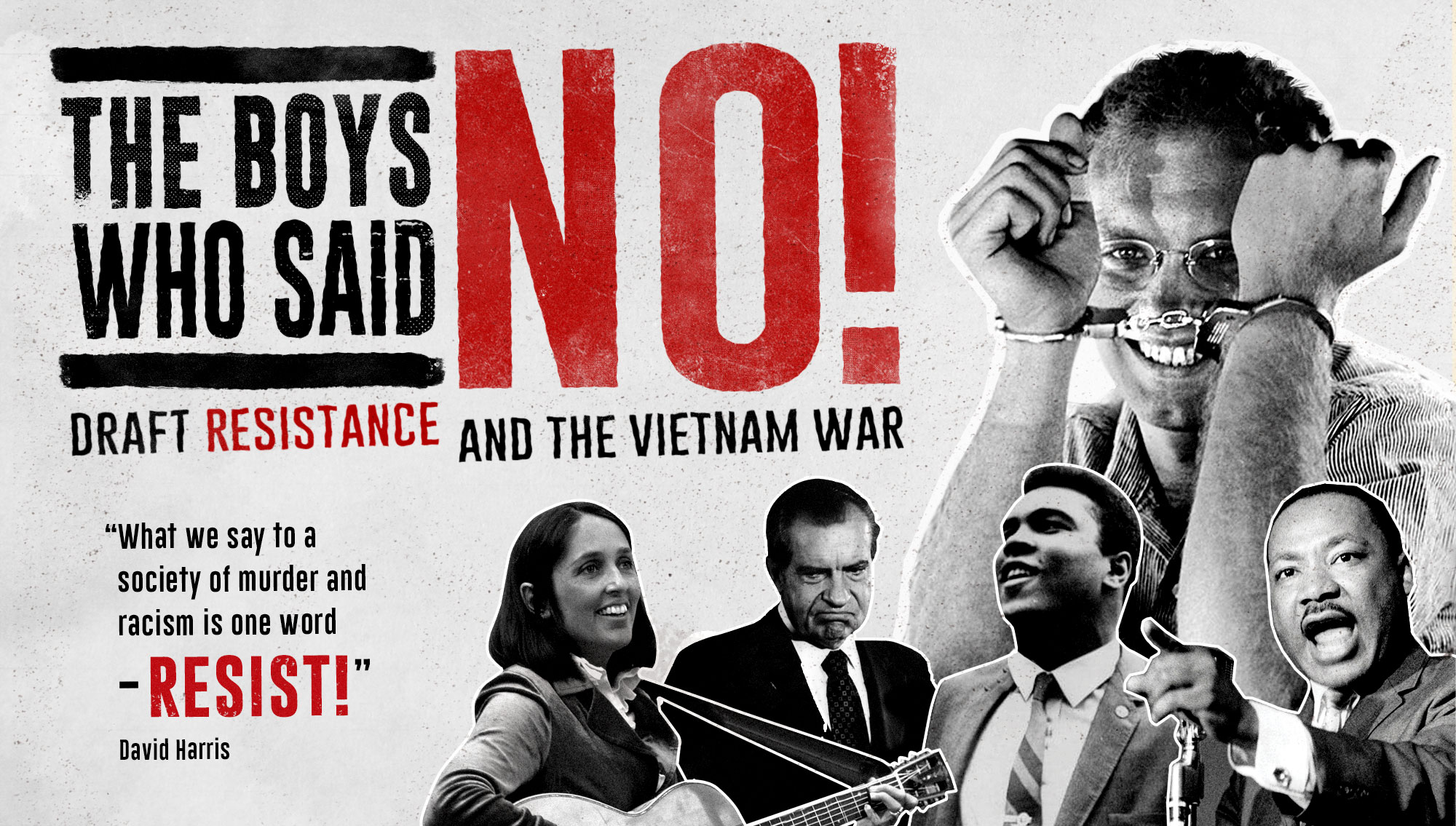CHANGING NTSC FORMAT TO PAL
I recently advised on a “TV hour” for Judith Ehrlich, an Oscar-nominated filmmaker who needed a 52-minute version of her latest masterpiece, “The Boys Who Said NO!” for international television sales.
My job was to paper edit (make cuts in a transcript) a 95-minute film down to a 52-minute version. Aside from cutting (from the transcript) a whopping 43% of her brilliantly edited feature, we had a technical challenge: a 52-minute NTSC movie does not equate to a 52-minute PAL movie.
So she asked me to further research changing an NTSC film to PAL, the format used by most foreign broadcasters.
A disclaimer: my expertise is editorial (storytelling), not technical. It turns out the process is quite complicated for the lay person, and the examples cited in this article are anecdotal, not methodological. I highly recommend consulting with a tech-savvy, post-production supervisor or post house.
That said, thanks to my staff editors, all the contributors from Doculink and the post house directors who shared helpful information aimed at independent filmmakers seeking foreign sales.
As a ball park figure, the “TV hour” in NTSC is approximately 2 minutes longer than the PAL version.
Vice versa, the PAL version will be about 2 minutes shorter that the NTSC “hour”. This is largely due to a difference in frame rate which you can geek out about here. Read here why NTSC and PAL, both analog formats, still matter (for now) in the world of HDTV.
In case you’re wondering (as I was), the roughly 2-minute difference refers to both the digital video file as well as physical tape, according to Paul Scolieri, owner of Cinematique in SF. Otherwise the film will appear to play too slowly. My staff editors agree.
But “it’s not quite as simple as adding two minutes,” says Scolieri. He recommends filmmakers “double-check with their sales agent for the exact duration” needed for various foreign countries.
Is there a ball park length? Most foreign broadcasters “prefer a 52-54 minute” TV hour, says distribution consultant Peter Broderick.
But here’s the bottom line: the length decision is finalized when there’s a contract on the table with specific deliverables, including an exact TRT. To be safe, I recommend aiming for a 54-minute NTSC version that will be transferred to PAL. That’s because you’ll find it easier to add time if necessary, rather than cutting more footage–a.k.a. killing more darlings! Here’s how we do it.
Documentary producer Eric Mofford concurs. “For a 52-minute PAL version, we are cutting a 54:20 minute NTSC version,” he says, following the advice of his online post house Henninger Media Services.
Indeed,a post house is a better place to do the actual NTSC transfer, according to Micro Filmmaker Magazine, which also provides a DIY method using After Effects. Note: there are several software programs such as Movavi and MacX Video Converter Pro that specialize in the transfer.
“I often recommend filmmakers have a specialty post house handle PAL conversions,” says my experienced staff editor, who eschews simply exporting video at a PAL frame rate with software. “I’ve found converting raw 4K files, clips with lots of motion, clips with GFX that were rendered NTSC, can come out jittery or otherwise wonky.”
So get your NTSC digital file to a commercial post house for best results!
Is it costly? “It’s fast, cheap, and does the best job. The hardware solutions, especially the professional level solutions, do a much better job [than software], adds Rick Gerard. “Have them run the conversion for you through a hardware-based convertor.”
What about transferring in the opposite direction: PAL to NTSC? This is necessary to avoid that jerky look. It’s often doneby adding about 5 extra frames per second, depending in part on the frame rate in which the footage was shot.
For example, Portland filmmaker Ron Bourke recently converted his “36:00 minute doc that was shot and cut at 25fps (PAL) to 24fps and it became 37:30.” He continues, “My film has many pans and zooms on stills so that was a critical consideration…[in order] to remain perfectly smooth with no jumps or jitters.”
After sharing this information with my client, we decided to cut the 96-minute NTSC feature into a 54-minute NTSC film. The exact-length would be sales-dependent, determined by various foreign media company requirements.
At that point, Ehrlich could easily add or subtract seconds by adjusting the speed of the scrolling credits. As a backup, I also delivered a transcript that marked where she could cut–or add back–more of the film. Then she can take the NTSC file to a commercial post house to create a beautiful PAL version worthy of her award-winning film.
Exactly when do filmmakers need a “TV hour”? Find all the answers here. And learn more about our editorial process for creating a TV cut-down here.
